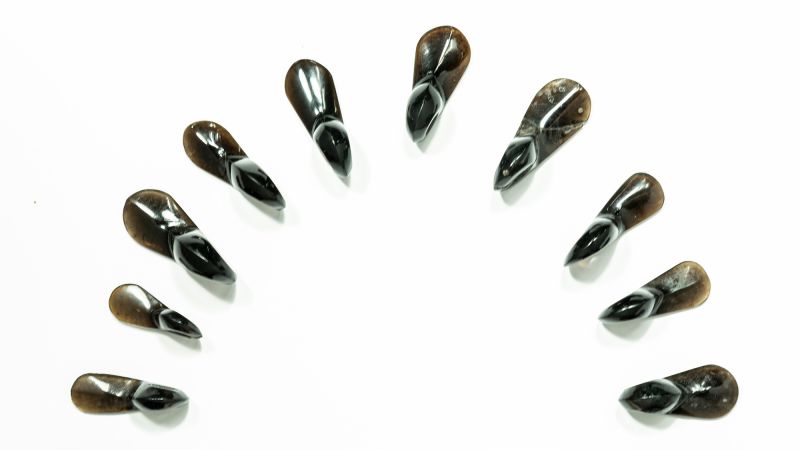Investigations of Aztec maritime history have led to new revelations concerning the extensive networks of trade practiced by the Mexica civilization. Particularly, a recent study focusing on an impressive collection of obsidian artifacts has elucidated where the Aztecs sourced this volcanic glass, utilized for everyday tools as well as ceremonial objects. This study, which was published in the esteemed *Proceedings of the National Academy of Sciences*, marks the most extensive analysis of obsidian artifacts from Tenochtitlán, the Aztec capital, and it highlights the civilization’s adeptness in long-distance trading, even with rival societies.
The study encompassed 788 obsidian pieces and utilized a cutting-edge technique known as portable X-ray fluorescence. This non-invasive method allowed researchers to confirm that the Mexicas had a distinct preference for a green and golden form of obsidian, which was predominantly used in religious rituals. However, the evidential diversity of obsidian types suggests that the Aztecs did not merely rely on a singular source for their obsidian needs. They integrated an economically complex system, establishing robust trade routes that traversed political barriers to acquire the different varieties of obsidian needed for both practical and ceremonial purposes.
Diego Matadamas-Gomora, the leading author and doctoral candidate in anthropology at Tulane University, emphasized the insights gained from the pattern of obsidian procurement. He pointed out that while green obsidian was preferred for ritualistic items, a significant range of obsidian types was necessary for more mundane tools and artifacts. The wide distribution of these artifacts indicated a thriving market within the capital, encompassing both ritual sites and regular marketplaces.
Excavations at the Templo Mayor—Tenochtitlán’s primary temple—uncovered that approximately 90% of the analyzed obsidian came from the Sierra de Pachuca mountain range. Historical context indicates the Mexicas considered green obsidian particularly valuable, attributing spiritual significance to it as it connected to their myths, including legends surrounding the god Quetzalcoatl and the ancient city of Tollan. The crafting of finely polished ornaments from this type of obsidian showcased the artistic prowess of the Mexica artisans and significantly contributed to their cultural identity.
Moreover, the study revealed that while the Aztecs commanded a significant source of obsidian, they also engaged in trade with regions outside their direct control, such as Ucareo and El Paraíso. This openness to sourcing materials from rival territories underscores the complexity of their economic systems and their willingness to integrate goods into local markets regardless of political boundaries.
Comments from John Millhauser, an associate professor of sociology and anthropology at North Carolina State University, underscored the importance of nondestructive techniques in archaeology. He remarked that X-ray fluorescence spectrometry had transformed not only artifact analysis but also our understanding of ancient economies. Discovering that rural and urban communities operated under a shared economic model regarding obsidian accessibility demonstrates the interconnectedness of the Aztec populace, a striking feature considering the scale of Tenochtitlán with its vast population.
Historically, the availability and types of obsidian fluctuated based on the socio-political changes within the Mexica Empire. For instance, a drop in diversity of obsidian sources coincided with less stable reigns, leading to a reduced variety of artifacts available for both everyday use and ritualistic practices. This relationship between governance and the economy provides scholars with rich insights into how the Mexica adapted to changing circumstances.
As archaeology continues to uncover the layers of Tenochtitlán, ambitions for future research will focus on tracing the pathways along which obsidian traveled throughout Mesoamerica. Matadamas-Gomora expressed interest in extending ongoing studies to capture a broader perspective of trade dynamics, revealing more about the lives of the Mexica people who once thrived in this vibrant historical hub. With each study, we peel back another layer of the past, adding valuable context to our understanding of a civilization that has left an indelible mark on history.












